Everything you need to know about taxodium
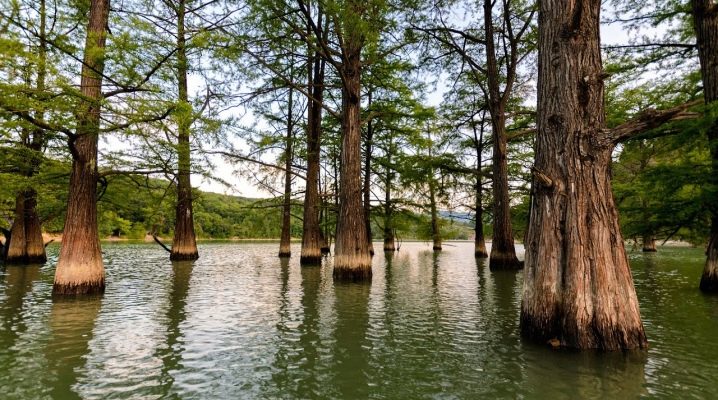
The taxodium two-rowed or marsh cypress is a deciduous coniferous plant native to North America. However, it is quite possible to grow culture in Russia. Some Western firms attribute the plant to the fourth climatic zone, but in practice, planting does not bring results so often. If the cypress is planted in the suburbs, then it is better to keep it in the north or northeast of the Moscow region.
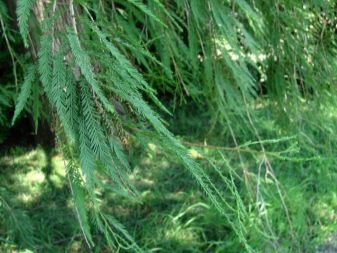

Description
Coniferous cypress trees are an evergreen crop, but the taxodium is the only species that sheds its branches for the winter. However, in regions closer to the tropics, trees do not shed their foliage, such as Florida and Mexico. The taxodium two-rowed is the more common of the two species of the genus Taxodium. It is distinguished by delicate awl-shaped needles adjacent to the shoots.
A feature of the two-row taxodium is root growths in a bottle-shaped or cone-shaped form, they are located singly or in groups and rush upward during development. Vertical outgrowths are up to 2 m in size. Scientifically, they are called "pneumatophores", but in fact they are the roots, thanks to which the plant can breathe during prolonged flooding. In varieties growing in dry places, pneumatophores are not formed.

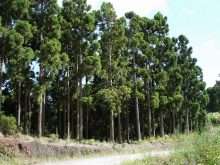

In the twentieth century, trees were found in Arkansas with respiratory roots exceeding 30 m. Most often, these growths form around the tree, and sometimes it happens that they grow together to form a living fence. For example, at the end of the 19th century in Samarkand, outgrowths of a group of cypress trees formed a "fence" 27 m long.
The variety prefers to develop in damp areas with high groundwater levels, in swampy areas, in low river banks, and often grows directly in water.
Taxodiums are monoecious species, flowering begins in April. Their male cones, 10-14 cm long, are located at the ends of last year's branches. Female specimens grow at the ends of the shoots, their diameter is up to 2.5 cm.

The scales look like scutes, they are tightly closed, at first green and then brown in color, each consists of two seeds.
The tree can reach a height of 46 m. The wood is distinguished by its high-quality mechanical properties and resistance to putrefactive processes. It is used as a raw material for the construction of pillars, furniture, and decorative interior items. It is also possible to grow a tree in a garden plot in moist soil. For example, in Russia, artificially grown specimens and even whole groves are found not only in areas with a warm climate - Sochi, Gelendzhik, Adygea, Krasnodar Territory, but also in colder cities - Maykop, St. Petersburg, Ryazan.
The second type is the Mexican marsh cypress. It does not have pneumatophores, and its natural habitat is Mexico. This variety prefers to develop at an altitude of 400 to 2300 m above sea level and usually reaches impressive growth, on average it can grow up to 600 years.
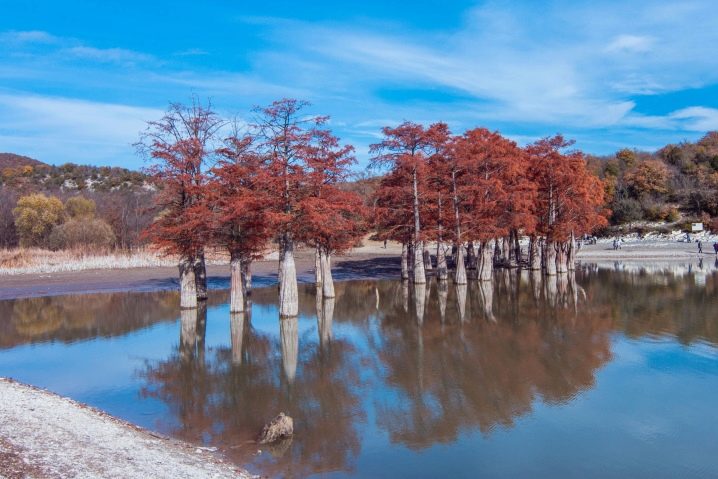
Landing
When planting a finished seedling, follow these steps.
- Buy a seedling. Choose a piece with an earthen lump in burlap or canvas. Avoid bare root seedlings.
- Choose a wet area near a pond or other body of water.
- Prepare the drain in the form of sand and chipped brick, lay a layer of 20 cm.
- Prepare the soil: combine turf, peat, humus and sand in a ratio of 2: 2: 2: 1.200-300 g of nitrophosphate or 100-150 g of "Kemira-wagon" will not interfere.
- Plant the seedling at least 80 cm deep, but in such a way that the root collar remains on the soil surface. Deepen the shoot, without reaching from the fabric, it will gradually rot under the ground.

If a breeder wants to grow a crop from seeds, then you will need to follow these rules:
- prepare an airtight plastic container;
- pour a 5-centimeter layer of soil into the container;
- sprinkle the seeds on top, moisten the soil thoroughly and sprinkle the seedlings with earth;
- cover the container with transparent film or glass to create a greenhouse effect;
- place the container in a warm place.
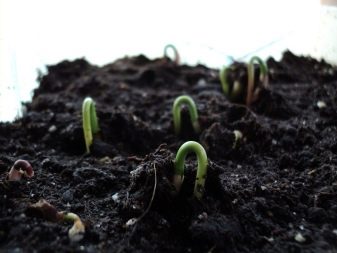
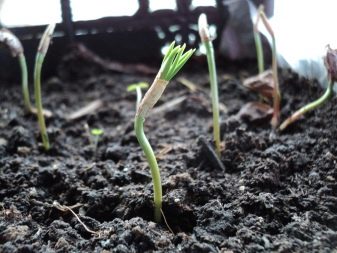
Care
The presented culture belongs to light-loving trees with a strong root system. The first three years of life, the plant must be fertilized. In the summer, it is required to regularly water the tree in large portions - 10 liters per copy. Sprinkling is recommended a couple of times a month. During the heat of summer, the amount of watering is doubled. Shoots gain height and richness of the crown at a high speed, but mature trees, giving flowering and fruits, become after 10 years from the beginning of planting in open ground. In the first year of life, the shoot grows up to 75-100 cm (on average 80 cm) in height with a trunk diameter of 1.1 cm.
The tree has a fairly good winter hardiness and is able to withstand frosts down to -30 degrees. However, the cold is not terrible only for adult specimens. Young trees often suffer in cold winters, so they need to be insulated. This is usually done by mulching the trunk circle - for example, a 10 cm layer of dry grass is suitable.
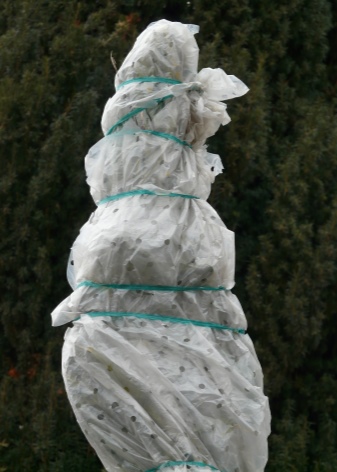
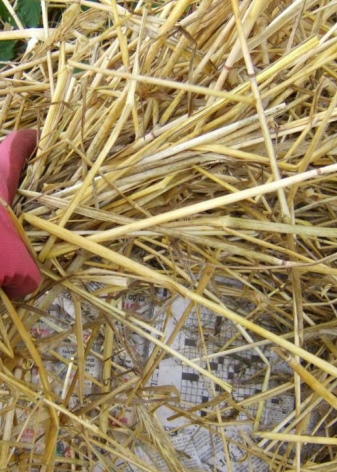
Keep in mind that the tree grows well in deep, rich sandy loam soils, but lime-rich soil may not withstand. But the culture is very resistant to the polluted atmosphere, dust, gases, in addition, it is not afraid of drought.
If the specimen is nevertheless planted in soil, which contains lime, then it is recommended to flavor it with micronutrient fertilizer - iron chelate.

Reproduction is possible in three ways: by seeds, cuttings or grafting. The culture has a very high immunity, diseases and pests are not afraid of it, however, as mentioned above, beware of planting in limestone soil - such a composition can cause chlorosis of the leaves.
If the gardener wants to see a tree with powerful respiratory roots on the site - the main feature of the culture - then it is imperative to plant a cypress in the immediate vicinity of the water. However, it is possible to keep it in ordinary dry soil, it just will be an ordinary tree without growths.
Landscape design
The plant is very well suited for decorating ponds, design of garden groups and alleys.
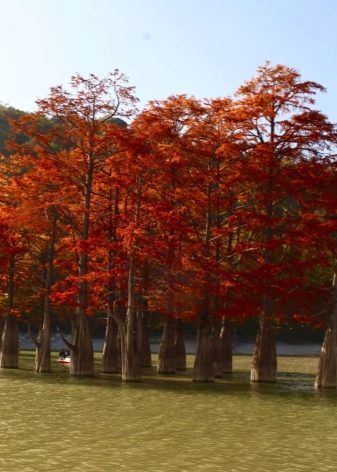
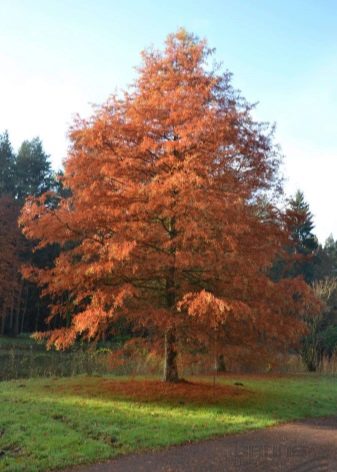
If a whole composition is created, then cypresses can be supplemented with virgin juniper, oaks, beech, birches, willows. Together, these trees create a harmonious living landscape design. Also aesthetically pleasing, the tree is combined with liquidambar, tulip tree, frame.
In the autumn period, the needles, before flying around, acquire an attractive pale golden color.
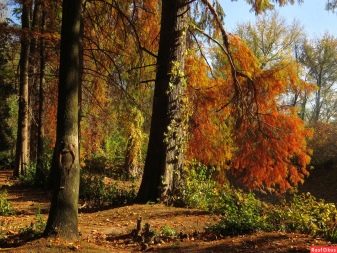

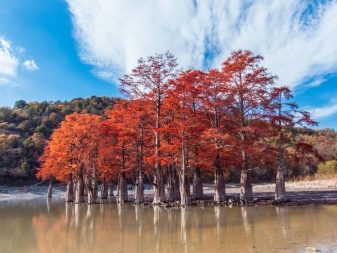
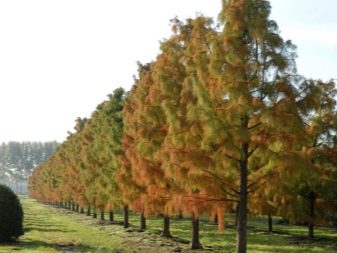
The landscape from a group of taxodiums with hanging branches, with strands of thin shoots, looks gloomy against the background of a swamp, but at the same time fascinates with its mystery and mysticism. Often these trees can be seen in horror films. Individual specimens look very beautiful, combining brown-red fibrous bark, a wide trunk at the base and a low-hanging crown, which, by the way, can be presented in different forms, for example, in a round, conical, columnar.
At home, the tree can be grown in the form of a bonsai.
Reviews
The opinion of gardeners regarding the two-row taxodium is ambiguous. Someone managed to grow a strong, stable tree with powerful pneumatophores, while someone did not give the specimen respiratory roots. However, experienced farmers claim that "Bare trunk" is due to the fact that the selected area was too dry. The tree needs moist soil to form growths.
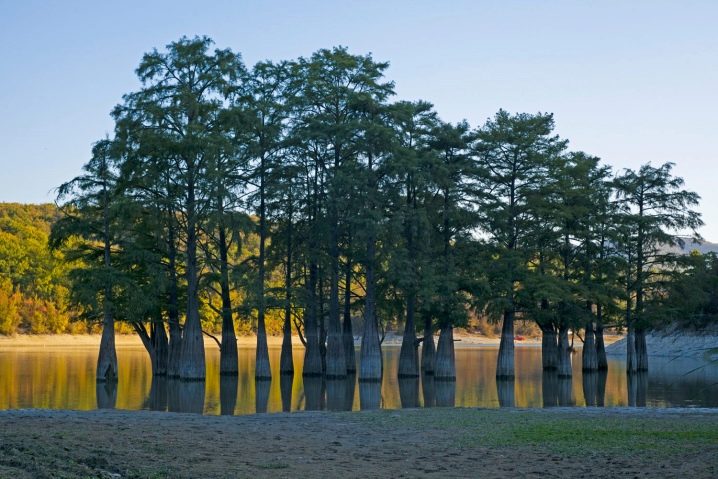
In general, cypress trees grow well in plant breeders in various regions of Russia, but in any case, the first 2-3 years it is necessary to cover the tree for the winter until it develops a root system. Some gardeners stock up seedlings in advance and plant them in containers, so that in a couple of years, when their own pond appears on the site, they can plant a crop and decorate the pond with it.
According to the general opinion, if planting from seeds is carried out, then it is better to choose a two-row taxodium: its seeds are larger, and their germination rate is several times higher than that of the Mexican variety.
An overview of cypress trees planted in 1934 on an artificial lake, see below.



































































The comment was sent successfully.